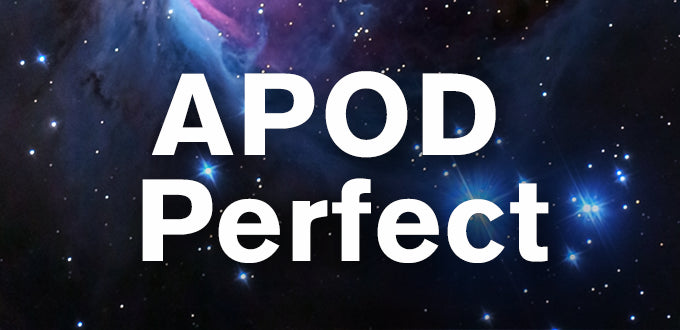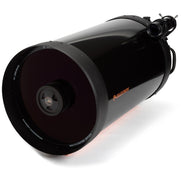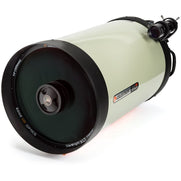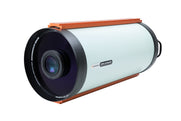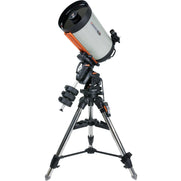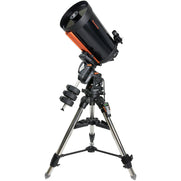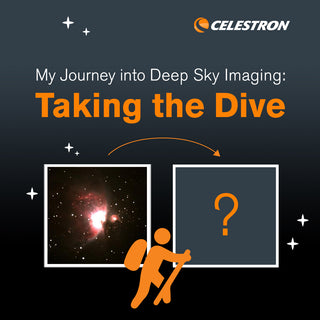Christopher Go’s C14 vs. Hubble Space Telescope
March 23, 2022

Since the early 2000s, master astroimager and Team Celestron member Christopher Go has had a love affair with Jupiter. After working all day at his furniture business, he spends most nights pointing his 14" Celestron Schmidt-Cassegrain telescope towards the gas giant. His work has paid off, not just for him but also for the entire scientific community. On February 24, 2006, Christopher Go captured an image of Jupiter and noted that a white spot, Oval BA, had turned red. The spot is now known as "Red Spot Junior." Later, in June 2010, he and co-discoverer Anthony Wesley captured a video of a fireball exploding on Jupiter. It was the first-ever recording of an asteroid impacting a planet.
Find out more about Christopher Go
In September 2021, Christopher Go and NASA imaged Jupiter's rotation simultaneously. Christopher Go explains, "When we [astroimagers] process our images, there is always a question whether the features [we see] after processing are real or not. I was fortunate to be imaging at the same time as Hubble. So, this is Hubble vs. C14 as a comparison. I had to scale down the Hubble image. The Hubble image is NOT a true color but a narrowband RBV (Red, Blue, Violet). So there will be some difference on how some features will appear."

Needless to say, both images are captivating. But the idea that Christopher Go's commercial Celestron C14 can produce an image so similar to the Hubble Space Telescope is exciting news for the rest of us astroimagers here on Earth. The detail and clarity you can see in the C14's Jupiter image speak to Christopher Go's impressive skills and the quality of his Celestron optics.
|
|
Christopher Go’s C14 |
NASA’s Hubble Space Telescope |
NASA’s James Webb Space Telescope |
|
Aperture |
14 inches |
2.4 meters (7.9 feet) |
6.5 meters (21 feet) |
|
Type of Telescope |
Commercial |
Space |
Space |
|
Has contributed new scientific knowledge about Jupiter |
Yes |
Yes |
Yes |
|
Has required major repairs |
No |
Yes |
Not Yet |
|
Cost |
Under $10,000 |
$1.5 billion in 1990 dollars |
$10 billion in 2022 dollars |
Sparking a New Love for Jupiter
The James Webb Space Telescope's images of Jupiter reveal never-before-seen details in the giant planet's cloud bands, its famous Great Red Spot, its delicate ring structure, the auroras at the northern and southern poles, and its smaller moons.

These groundbreaking images have undoubtedly sparked a new generation of Jupiter lovers. If you're among them, you can begin your exploration today and read our Ultimate Guide to Observing Jupiter.
 |
 |
After imaging Jupiter for decades, Christopher Go can credit his stunning images to three major factors: the equipment he uses, the impeccable seeing conditions he images from, and practice, practice, practice. Grab yourself a Celestron telescope and start imaging for yourself!
Want to see more of Chris' images? Click here

















